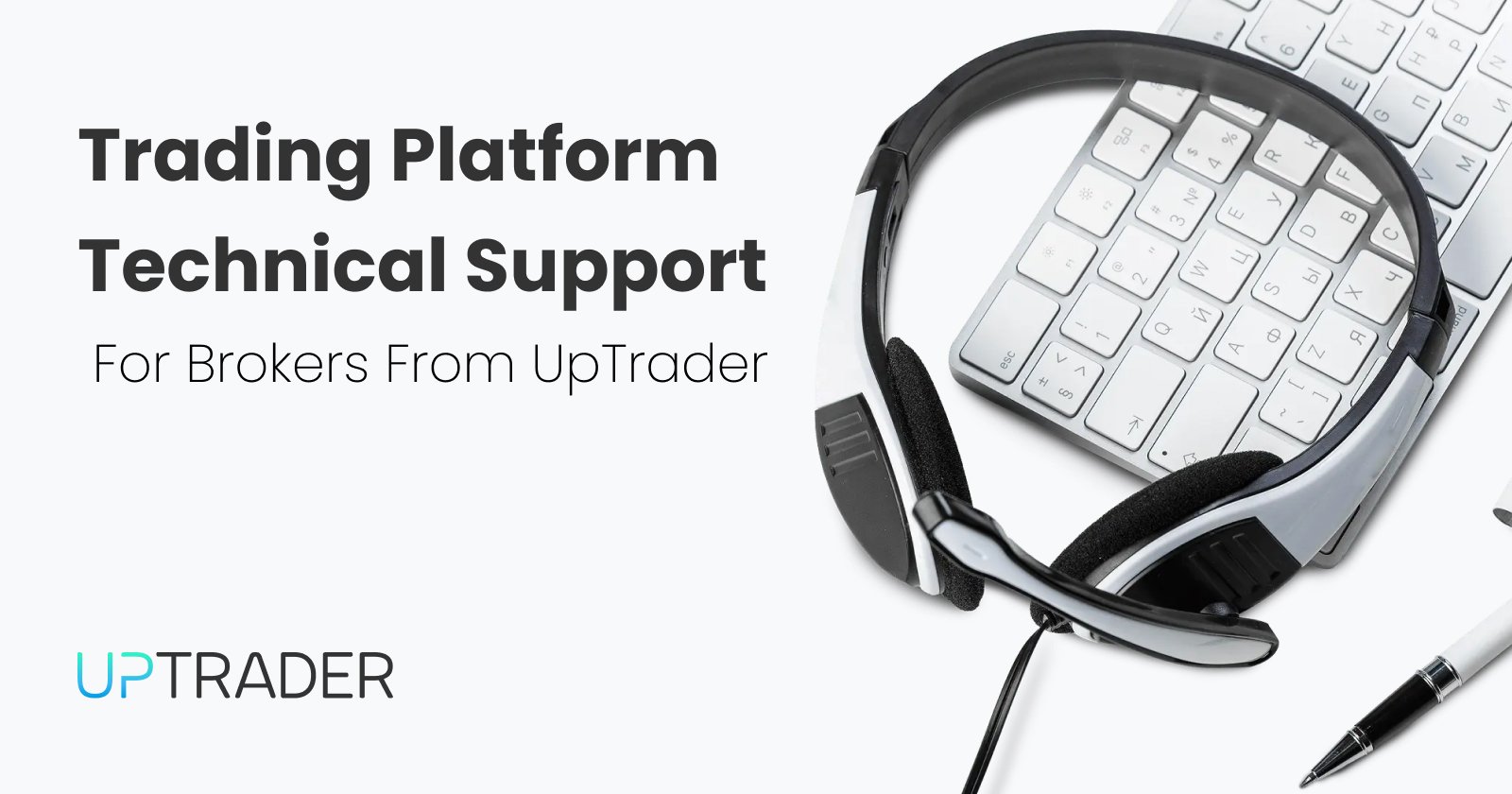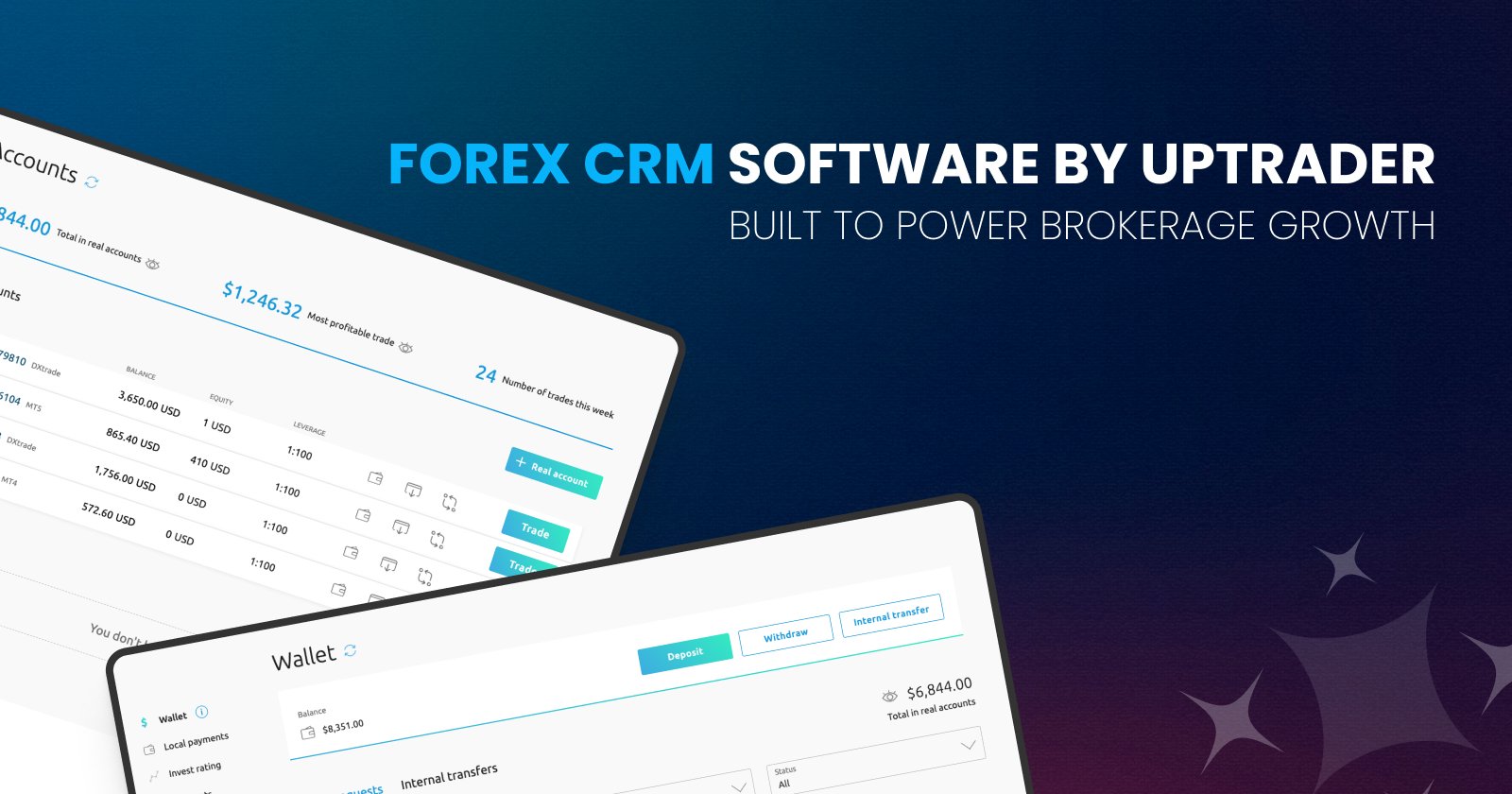Launching Cryptocurrency Exchanges: A Fad or a Trend?

Share this publication:
Originally posted on Newsbtc
Since the ICO boom of 2015-2017, a steady trend of opening new crypto exchanges has begun. In times of huge amounts of crypto freely circulating on the market, startups raised money for crypto exchanges through ICO. It significantly minimized the risks of investing their own funds. The trend was understandable. Now, however, the desire to start crypto exchanges looks financially questionable. Forex CRM Provider UpTrader regularly receives requests to buy a White Label Crypto Exchange or even develop our own from scratch. We make sure to refer such clients to partners, but what drives today’s businessmen? Is it really a profitable business or a fad?
Competition in the exchange market
There are many exchanges. In recent years, they have become ubiquitous. There are more than 300 entries alone in CoinMarketCap (CMC), the top crypto exchange listing, and many more are waiting to be listed. As of today, the largest exchange by trading volume is Binance. It is followed by exchanges like Coinbase, HitBTC, and, in the third echelon, Kucoin, Bitfinex, and Huobi. The list goes on to include the exchanges without trading volume at all, which, incidentally, looks like a paradox, since one of the CMC listing requirements is trading volume of some sort. So if your exchange was not listed during simpler times, you have to somehow increase the volume, or look for cunning and rather expensive ways to circumvent the requirement.
Why earn a place in the CMC listing?
A cherished listing on CMC is necessary to get tokens listed on your exchange. The price of the token from your exchange will then go to the CMC token page, which is exactly what new token owners need. In addition, the listing has a significant impact on reputation, increases the value of the exchange, motivates investors, and allows you to attract traders. Traders obviously have to trade with each other, and this set-up begs the question: if you just open an exchange and do not have traders or anyone to trade with, where would you get volume? The result is a vicious circle: no traders without volume, no volume without traders.
Liquidity
One of the options to increase trading volume is to buy liquidity from another exchange. It works in Forex, so it must work here too. It does, but not quite. In the Forex market, there is a huge difference between liquidity offered to brokerage companies (especially having licenses in major jurisdictions) and what a retail trader can get. Brokerage companies get much better conditions but have to maintain complex technical infrastructure and guarantee certain trading volumes. It allows them to resell it to individual traders with a markup and still offer competitive conditions. In the crypto market, everyone is equal, which makes it difficult to attract clients, because there is nothing to attract clients with. If you buy liquidity from another exchange, your conditions are just worse, who will come to trade with you?
And if they do? Is it profitable?
Even if they do, your profitability will not be as high. Due to the fact that Forex trading is carried out with leverage, that is, a client makes transactions with a volume that is usually 100 times larger than what their finances allow, and the broker receives commissions for the whole amount. At the exchange, there is no leverage, that is, the commission is determined only by the turnover that a client makes on their own funds. It means that given all the costs of buying liquidity, attracting clients, and paying salaries, an exchange can easily become a losing venture. In Forex, in addition to the good commissions, there are other quite legitimate ways of profiting, such as B-book, when trading is done within the company at market prices. With a high margin, it allows for earning good money while remaining a broker with a stellar reputation and excellent conditions.
So what other options are there?
If you are keen on working in the crypto market, you can opt to provide crypto futures trading, which basically combines traditional margin trading familiar from the Forex market with crypto assets. Leverages are usually not as high as on Forex – about 1:20, but still, it allows you to get 20 times more trading volume from a client and have a B-book.
And if you want to launch an exchange anyway, how much money would you need?
If you still want an exchange, then let’s make some calculations.
Buying a White Label will cost you $30,000-50,000, and developing your own will cost at least $100,000-200,000. To run your own office, you will need at least 10 people: technicians, developers, marketing specialists, and managers. We are not listing the costs here, since they vary greatly depending on the country. According to average estimates, promoting the exchange to attract the trading volumes you need will cost at least $1 million. We would like to warn those who think that they can cap their marketing expenses at $50,000-100,000. This misconception will result in wasted money, frustration in the team, and the end of the project. Exchanges whose names are known only to their owners are well into the thousands! The reason is almost always trying to save money on marketing or not pouring enough into it. Yes, the world is such that fame costs money. Unless you are Elon Musk investing gigantic amounts in developing Tesla or the Space Shuttle, you cannot afford to only tweet and think that it is enough to get the traders to choose you. The budget for promotion better be there.
And what is needed to provide crypto futures trading?
To provide crypto futures trading, you need the same set of software and services as for a Forex brokerage. Unlike crypto exchanges, thousands of small Forex brokers in the farthest corners of the world are launching and mostly surviving. First, the launch itself has become easier and cheaper over the years. 15 years ago, it was rather expensive to launch a broker as well: to buy MetaTrader 4, you needed $100,000, another $200,000 to $1 million or more for Forex CRM, the website, marketing, office work, and license and liquidity purchase. Now, it is possible to launch a broker for $5,000-10,000! In the currently developed market of brokerage software, everything can be bought: from all investment service options (PAMM, MAMM, LAMM, social trading) and Forex CRM to ready-made marketing bonuses and affiliate programs. All of the above is quite cheap, and it is possible to build your own business like a construction set. As we have seen in recent years, the interest in the market is growing, and we can observe a reorientation of clients towards small local companies instead of large ones. Importantly, UpTrader’s data show that 90% of those companies survive.
Who knows, maybe a decade from now, we will see the same trend in the crypto exchange market.
Now, however, it is more reasonable to invest in a business with predictable profitability and better chances for survival, rather than knowingly fail in a lopsided competition with Binance.







